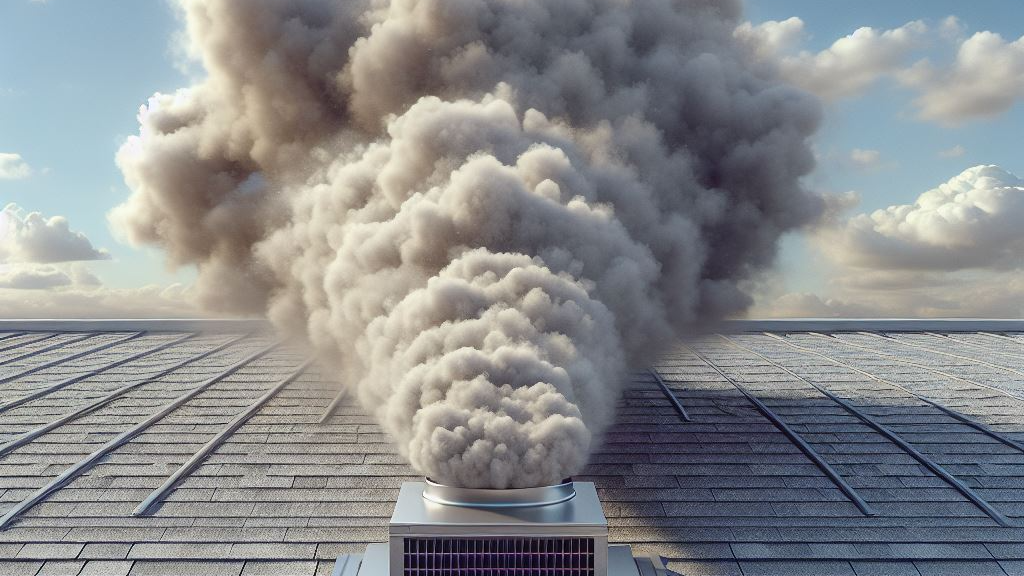
When a fire breaks out in a building, the flames are not the only danger to occupants—smoke inhalation is a leading cause of fatalities in fire-related incidents. Smoke contains toxic gases and particles that can reduce visibility, impede evacuation, and cause respiratory distress.
This is where ventilation systems play a crucial role. Properly designed and well-maintained ventilation systems help control the movement of smoke, preventing its accumulation in escape routes and common areas. Instead, the smoke is redirected away from people, allowing a safer pathway to exit the building.
Key Advantages of Effective Smoke Control through Ventilation
Improved Escape Routes
During a fire, unobstructed evacuation routes are essential. Efficient ventilation reduces smoke interference in escape paths, enabling occupants to exit quickly and safely.
Improved Visibility
Smoke-filled environments can disorient and induce panic, creating situations that may feel worse than they are. Effective ventilation reduces smoke concentration, enhancing visibility for occupants and emergency responders.
Smoke inhalation poses serious health risks due to harmful gases and particles. Ventilation systems can effectively control smoke movement, reducing the risk of smoke inhalation and associated health problems.
Protecting and Assisting Firefighting Efforts
Well-designed ventilation systems are crucial for assisting firefighters when they enter a building. These systems can help direct smoke away from their working areas, improving visibility and enhancing their ability to control the fire.
If a large fire is not properly ventilated, it becomes much more difficult to manage. Poor ventilation can lead to the accumulation of insufficiently burned smoke, which can create a smoke explosion. Additionally, it can generate enough heat to cause a flashover—this occurs when most of the directly exposed combustible materials in an enclosed space ignite simultaneously.
Improperly placed or untimely ventilation can inadvertently increase the fire’s air supply, causing it to grow and spread rapidly. A flashover due to inadequate ventilation can raise the temperature inside the building to over 1,000 °C. Avoiding this situation is critical!
Smoke can cause considerable damage to properties, affecting areas not directly impacted by the fire. Effective smoke control minimizes the spread of smoke, helping to protect valuable assets and lower restoration costs. By providing ventilation for smoke, the overall damage to the building can be significantly reduced. Additionally, this can help save on expenses related to cleaning, roof repairs, decorating, and other maintenance tasks that may be necessary following the effects of smoke.

